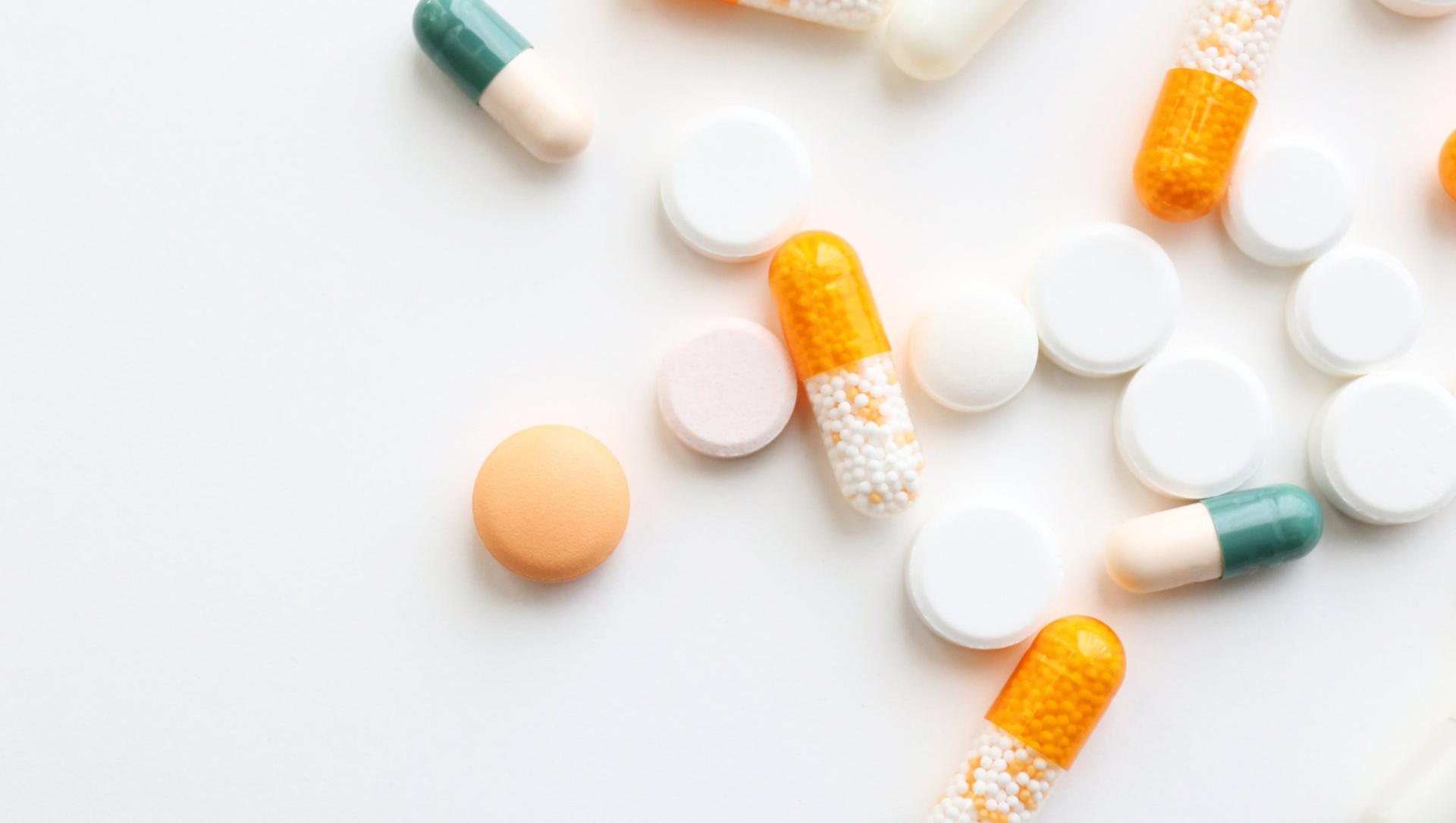What is MAT?
What is Medication-Assisted Treatment (MAT) for Opioid Use Disorder?

Medication-Assisted Treatment (MAT) is the use of an FDA-approved medication for the treatment of addiction. MAT is also sometimes referred to as Medications for Opioid Use Disorder (MOUD).
These medications include:
- Buprenorphine (Suboxone®, Zubsolv®, Sublocade®, Subutex®)
- Naltrexone (Vivitrol®, Revia®)
- Methadone
What are opioids?
Opioids are a unique class of drugs that includes both legal pain relievers that can be prescribed by a provider and illegal formulations (“street drugs”). When misused, opioids can cause feelings of euphoria or a “high,” and can also lead to overdose and death.
Examples of opioids:
- Heroin
- Fentanyl
- Oxycodone (Percocet ®, Oxycontin ®, “percs,” “oxys”)
- Hydrocodone (Vicodin ®, Norco ®, Lortab ®, “vikes”)
- Tramadol (Ultram ®, ConZip ®)
- Codeine (Tylenol-Codeine #3®, Tylenol-Codeine #4®)
- Morphine (MS Contin®)
How does Medication-Assisted Treatment (MAT) work?
In our brains, we have opioid receptors. Opioids bind on to the opioid receptors, which causes the effects of opioids to occur. The three medications used for MAT, methadone, buprenorphine, and naltrexone, all interact with the opioid receptors in our brains differently.
- Methadone binds onto the opioid receptor fully
- Dispensed daily at a methadone clinic/Opioid Treatment Program
- Buprenorphine only partially binds onto the opioid receptor
- Can be prescribed at a medical office and picked up at a pharmacy
- Naltrexone covers or blocks the opioid receptor so other opioids can’t bind onto the receptor
- Comes in two formulations: a once monthly injection (Vivitrol®) or a daily oral medication (Revia®)
MAT is most effective when combined with behavioral therapy or psycho-social support. MAT combined with behavioral therapy is more effective in treating OUD than either behavioral therapy or medications alone. Types of psycho-social support or behavioral therapy include:
- Individual counseling
- Group counseling
- 12-step programs (AA, NA, MARA)
- Self-help or peer support meetings
- Intensive Outpatient (IOP)
What are the benefits of MAT?
- Sustained recovery (“staying clean”)
- Reduction in overdoses and overall death rates
- Decreased illicit opioid use
- Decreased use of other non-opioid substances, such as cocaine, methamphetamine, and benzodiazepines
- Improved quality of life
- Less involvement in the criminal justice system
- Decreased risk of contracting and spreading HIV and Hepatitis C
Chanell Baylor. (2021). Medication-Assisted treatment (MAT) | SAMHSA - Substance Abuse and Mental Health Services Administration. Samhsa.gov. https://www.samhsa.gov/medication-assisted-treatment
U.S. DEPARTMENT OF HEALTH AND HUMAN SERVICES. (2017). What Are Opioids? HHS.gov. https://www.hhs.gov/opioids/prevention/index.html
Medication-Assisted Treatment Improves Outcomes for Patients With Opioid Use Disorder Combination of behavioral health interventions and FDA-approved drugs can help reduce illicit opioid use A fact sheet from. (2016). https://www.pewtrusts.org/-/media/assets/2016/11/medicationassistedtreatment_v3.pdf
Ford, B. R., Bart, G., Grahan, B., Shearer, R. D., & Winkelman, T. N. A. (2020). Associations Between Polysubstance Use Patterns and Receipt of Medications for Opioid Use Disorder Among Adults in Treatment for Opioid Use Disorder. Journal of Addiction Medicine, 15(2), 159–162. https://doi.org/10.1097/adm.0000000000000726




